Best Christmas Letter Templates for Employees
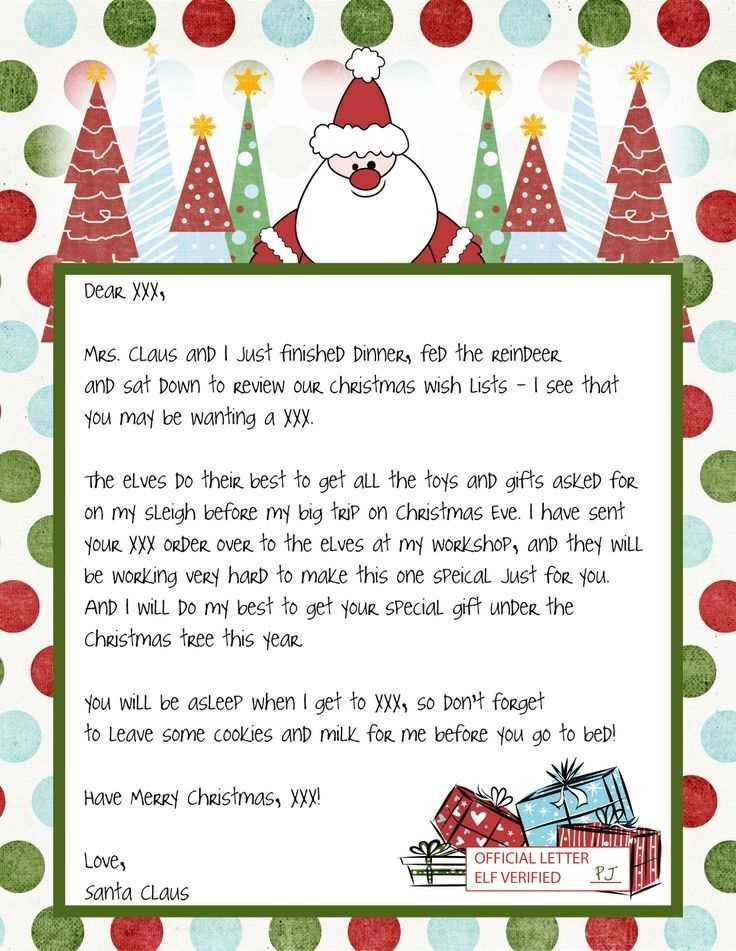
During the holiday season, it’s important to connect with your team and show appreciation. Whether you are looking for a warm greeting or a formal expression of thanks, the message you send can reflect the values and culture of your company.
Crafting a Meaningful Message
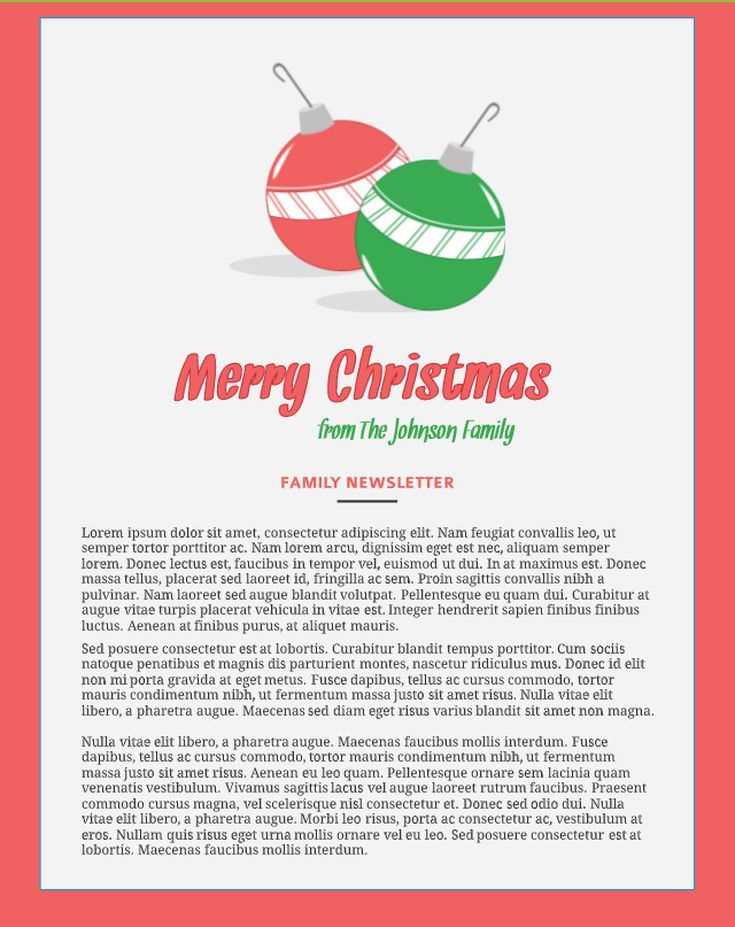
Start by considering the tone of your message. Do you want it to be light-hearted and fun or more serious and professional? Tailoring the tone to fit your company’s atmosphere is key to making the message feel genuine.
Expressing Gratitude
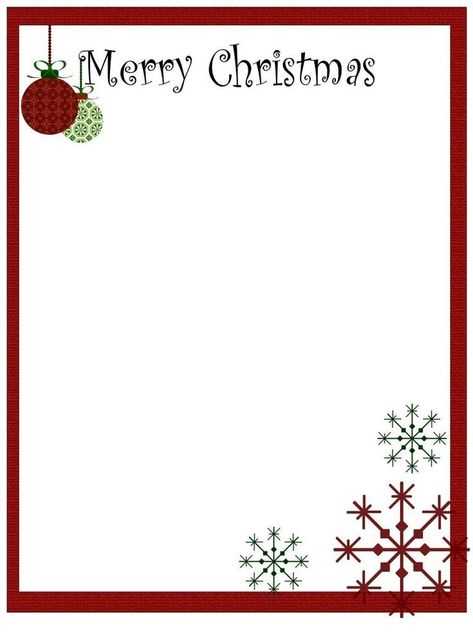
One of the most essential parts of a seasonal message is showing your gratitude. Acknowledge the hard work and dedication your team has put in over the past year. This helps foster a sense of belonging and reinforces your appreciation for their efforts.
- Example 1: “Thank you for your continuous effort and dedication this year. We appreciate all the work you’ve done.”
- Example 2: “Your commitment is truly valued, and we look forward to another successful year together.”
Personalization Matters
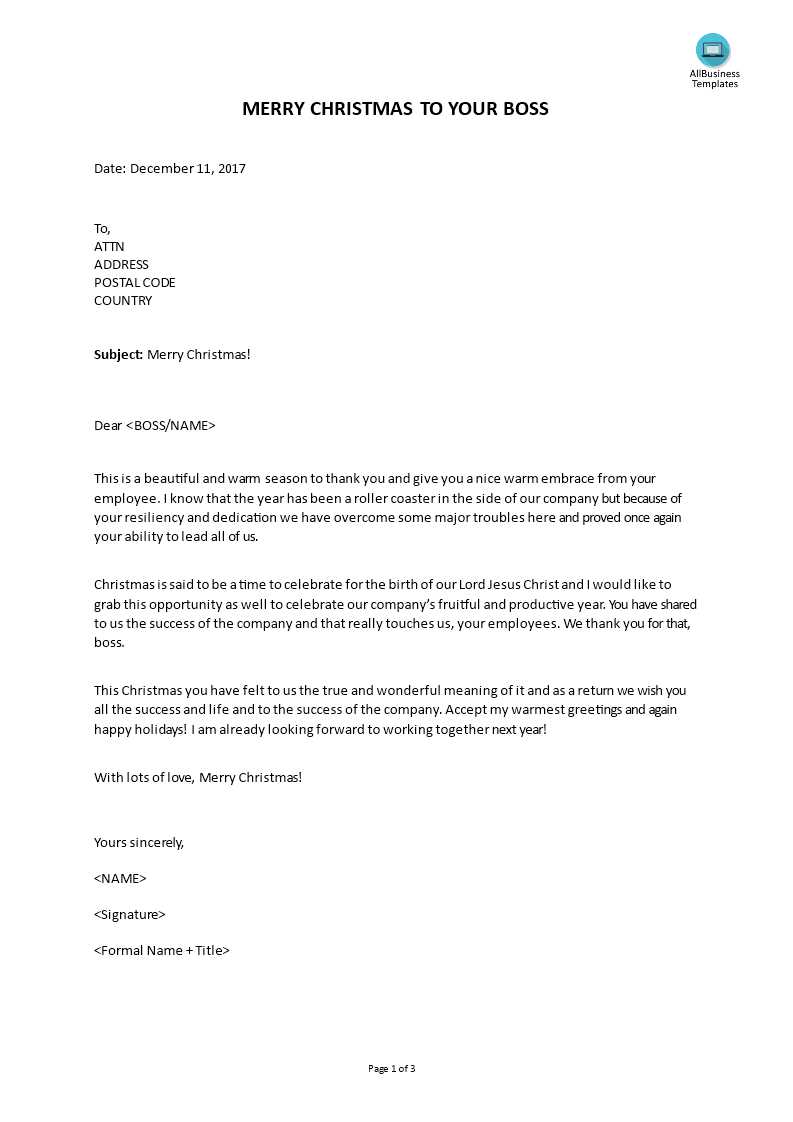
Make the message feel more personal by addressing specific achievements or milestones. Including details about how their individual contributions made a difference will make the message more meaningful.
- Example 1: “Your leadership on the recent project made all the difference, and we couldn’t have done it without you.”
- Example 2: “Thanks to your innovative ideas, we reached new heights this year. Keep up the great work!”
Choosing the Right Medium
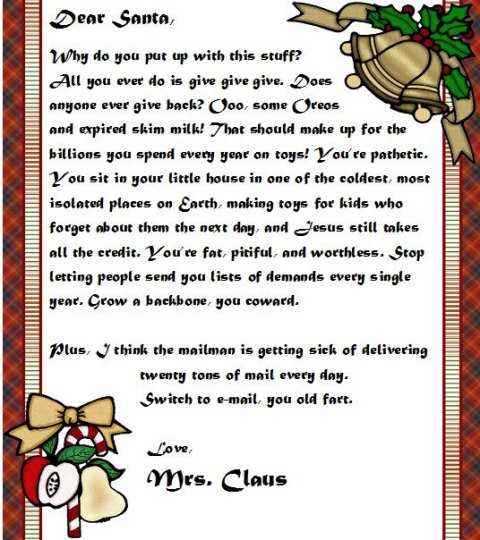
The format of your message is just as important as its content. Decide if you want to send it via email, a printed card, or a personal note. The medium should align with the tone and formality of your message.
Closing with Warmth
End your message with a warm and optimistic sentiment. Wish them joy and success for the upcoming season and year ahead. This will leave a lasting impression and show that you care about their well-being.
“Wishing you a restful holiday and a prosperous new year. Thank you once again for all that you do!”
Creative Ideas for Employee Holiday Messages
How to Write a Heartfelt Seasonal Greeting
Tips for Crafting Personalized Holiday Notes
Expressing Appreciation in Holiday Greetings
Formal vs Casual Holiday Greetings
Inspiring Examples of Employee Holiday Messages
Best Practices for Sending Festive Messages
Seasonal greetings provide an excellent opportunity to connect with your team, express gratitude, and spread cheer. Crafting a meaningful message can create a lasting impression, fostering a sense of belonging and appreciation within the workplace.
When writing a sincere and warm message, consider the tone that best suits your company’s culture. Whether it’s formal or casual, the key is to reflect the values of your organization while maintaining an authentic voice. A heartfelt greeting goes beyond just well wishes; it conveys thoughtfulness and care for the recipient.
Personalization is crucial to making a message feel unique. Mention specific achievements or moments throughout the year that deserve recognition. A personalized touch shows that you’ve put effort into acknowledging their individual contributions.
Expressing gratitude is at the heart of any festive message. Take time to thank your team for their hard work and dedication, recognizing the impact they’ve made. Acknowledging their efforts strengthens relationships and boosts morale.
Understanding when to use a formal or casual tone is vital. For formal messages, keep the language respectful and professional, ensuring that your words are appropriately composed. On the other hand, casual messages may allow for a lighter, more friendly approach, suited for teams with a relaxed atmosphere.
Incorporating examples of thoughtful and meaningful messages can serve as inspiration. Sharing these ideas with your team may encourage others to also engage in writing their own thoughtful notes, creating a culture of appreciation.
Lastly, consider the best practices for sending your seasonal greetings. Whether via email, printed cards, or a personal note, make sure the format matches the tone and context of the message. The delivery method is just as important as the content itself to ensure your message is well-received.